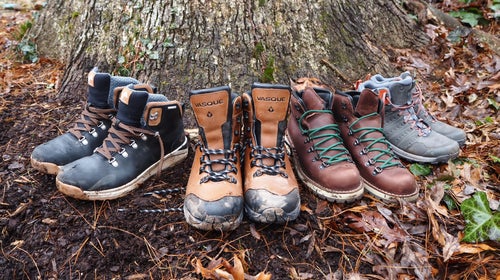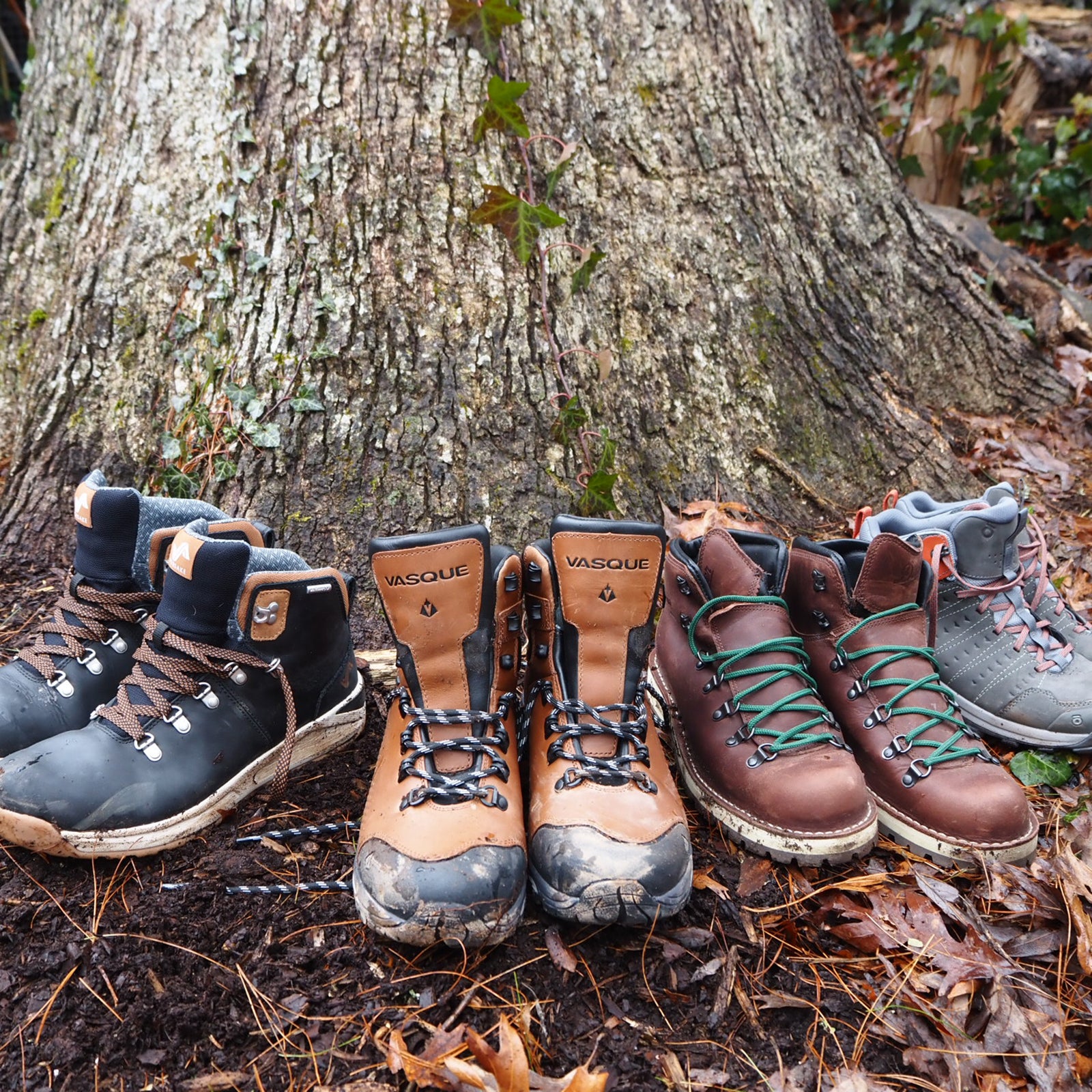I have an emotional connection to my ,��the iconic hiking boots that helped define the category when they were��introduced 37��years ago. The all-leather upper, high cuff, Gore-Tex liner, and burly Vibram outsole make��the Sundowner both gorgeous and technical. It’s the first pair of hiking boots I coveted and forked over serious money for 20��years ago. I sacrificed my food budget for two months to make that purchase��and never regretted the decision. I still have those boots today, and they’re in pretty good shape. They’ve been relegated to work boot duty at this point, but that’s mostly because I didn’t take care of them as well as I should have.
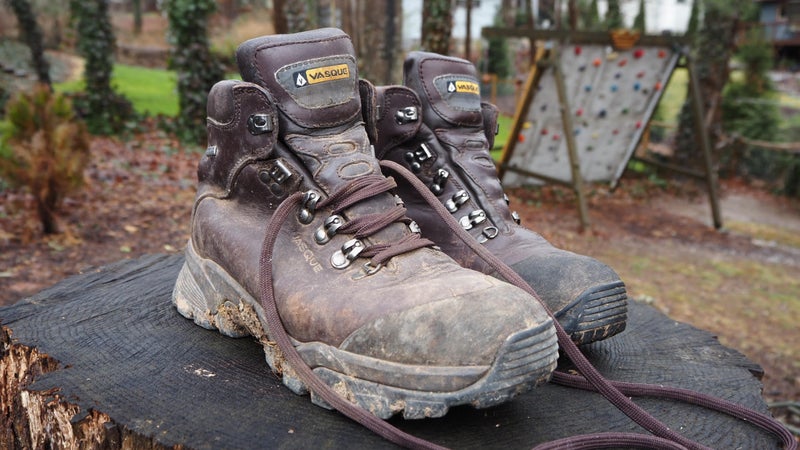
But the Sundowner wasn’t��perfect. They were heavy—the pair��I bought decades ago weighed about four pounds out of the box. They also took a couple months to break in, which was the industry standard for most leather boots back in the day. The key was to wear them around town for weeks and even sleep in them if you could. Only then would a sane person attempt to wear them on a long hike. But the beauty and reward of��breaking in leather boots is that once the process is complete, there’s nothing more comfortable. They conform to your foot, giving you a custom, slipper-like feel.
Vasque has updated the Sundowner over the years��and made some significant changes in 2015, shedding a few ounces��by adding a lighter polyurethane midsole��and sourcing the leather from the Red Wing tannery in the United States. Some users have complained that today’s versions��don’t have the same quality standards as the originals. The soles, in particular, have been a point of contention: Vasque��resoled its older models if they wore out, but there’s no such guarantee with new ones. While the Sundowner is an icon that will always have a special place in my heart, some new leather hikers have taken inspiration from classic models—and improved upon them. Here are my favorites.
Vasque St. Elias FG GTX ($200)
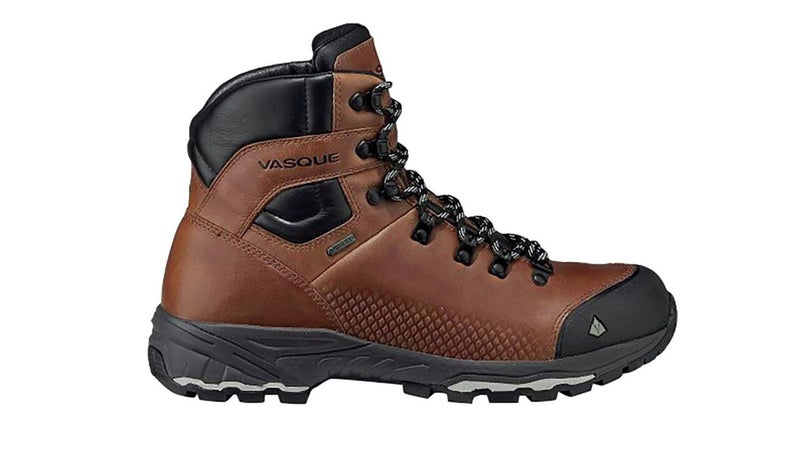
Best For: Backpacking with Heavy Loads
Consider the St. Elias the modern evolution of the leather hiking boot within the Vasque brand. The leather is thinner, the collar is a little higher, and at 2 pounds��15 ounces, they weigh less than the Sundowner. But the St. Elias is still a beefy boot intended for long-haul hiking with heavy loads. While it doesn’t require as much break-in time, don’t think of it as a light, nimble boot. That’s not to say the St. Elias isn’t comfortable—it is—but it’s a backpacking boot and not necessarily meant for the trail-to-town��set. The leather is sturdy yet supple once you’ve moved in it after a few hikes,��the waterproofing is top-notch thanks to a Gore-Tex liner,��and the outsole is aggressively lugged and has a slight rocker that I like when I’m moving at a decent clip.��
Danner Mountain Pass ($370)
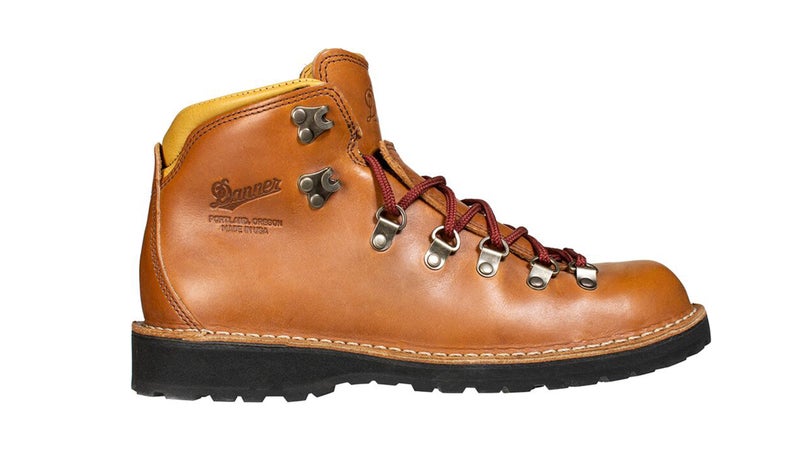
Best For: Hikers Looking for a Heritage Boot
It’s tough to justify dropping nearly $400 on a pair of boots, but think of as an heirloom you’ll hand down to your favorite child. Based on the classic Mountain Light backpacking boot Danner introduced in the 1970s, the Mountain Pass has a lighter, more athletic last. The footbed is��springy and has an out-of-the-box comfort that I didn’t expect from the brand’s heritage-style leather construction. The outsole is understated enough to not feel like overkill if you wear them around town, but the boots handled any trail I threw at them. At 1.4 pounds per shoe, they’re lighter than the Sundowner��but feel nimbler than the St. Elias��and should last just as long. Through Danner’s , the Mountain Pass can be restretched and resoled.��
Forsake Halden ($160)��
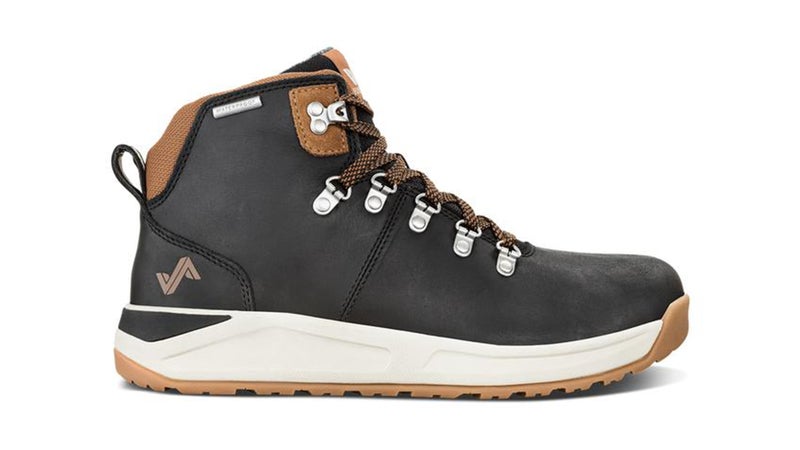
Best For: Urban Treks and Happy Hour
More stylish than sporty, is billed as a do-it-all boot, but I’ve found it’s better for milder trail adventures.��Compare the Halden’s outsole to more aggressively lugged boots like the St. Elias or Sypes��(below), and you’ll see that this��boot is best suited for streets and less-technical trails. It does fine on rock scrambles��but doesn’t handle mud as well as some of the other boots on this list. But they’re damn sleek. They’re also comparably light (2.1 pounds��for the pair), and��the waterproof leather and membrane combo will keep your feet dry. The Halden wins the street-style award for this group of boots.��
Oboz Sypes ($165)
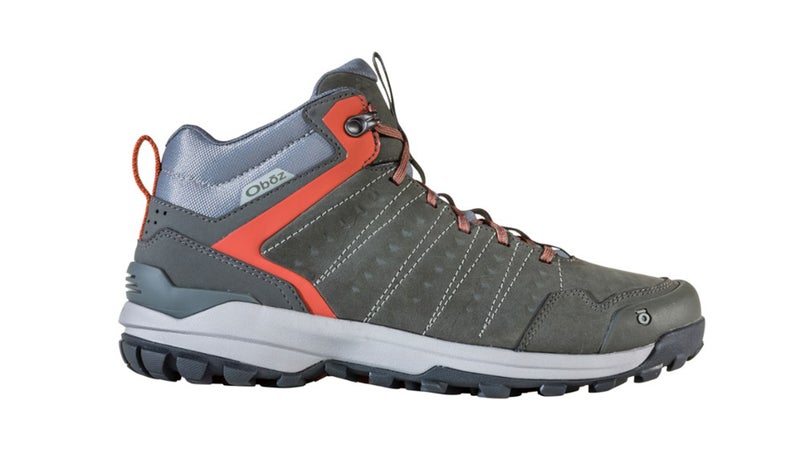
Best For: Moving Fast on Technical Trails
, designed with performance��over style in mind, lands on the opposite end of the spectrum of the Halden. Weighing in at just 2��pounds��1.2 ounces��for the pair, it’s the lightest boot on this list and is almost a third lighter than the Sundowner. The nubuck leather upper is softer,��more flexible,��and requires a different care regimen—don’t try to wax these boots with your standard leather conditioner. I was blown away by how comfortable the Sypes was��out of the box. The insole felt like it was sculpted to the shape of my foot. It’s not a one-piece leather design, because of the incorporation of Cordura around the collar, but the combo makes the Sypes as flexible and nimble as some trail running shoes. The��deep tread is��built for heavy trail duty. If I were embarking on a multiday backpacking trip tomorrow, these would be my go-to kicks. Instead of a Gore-Tex liner, Oboz uses its own B-Dry membrane, which I think performs just as well.
